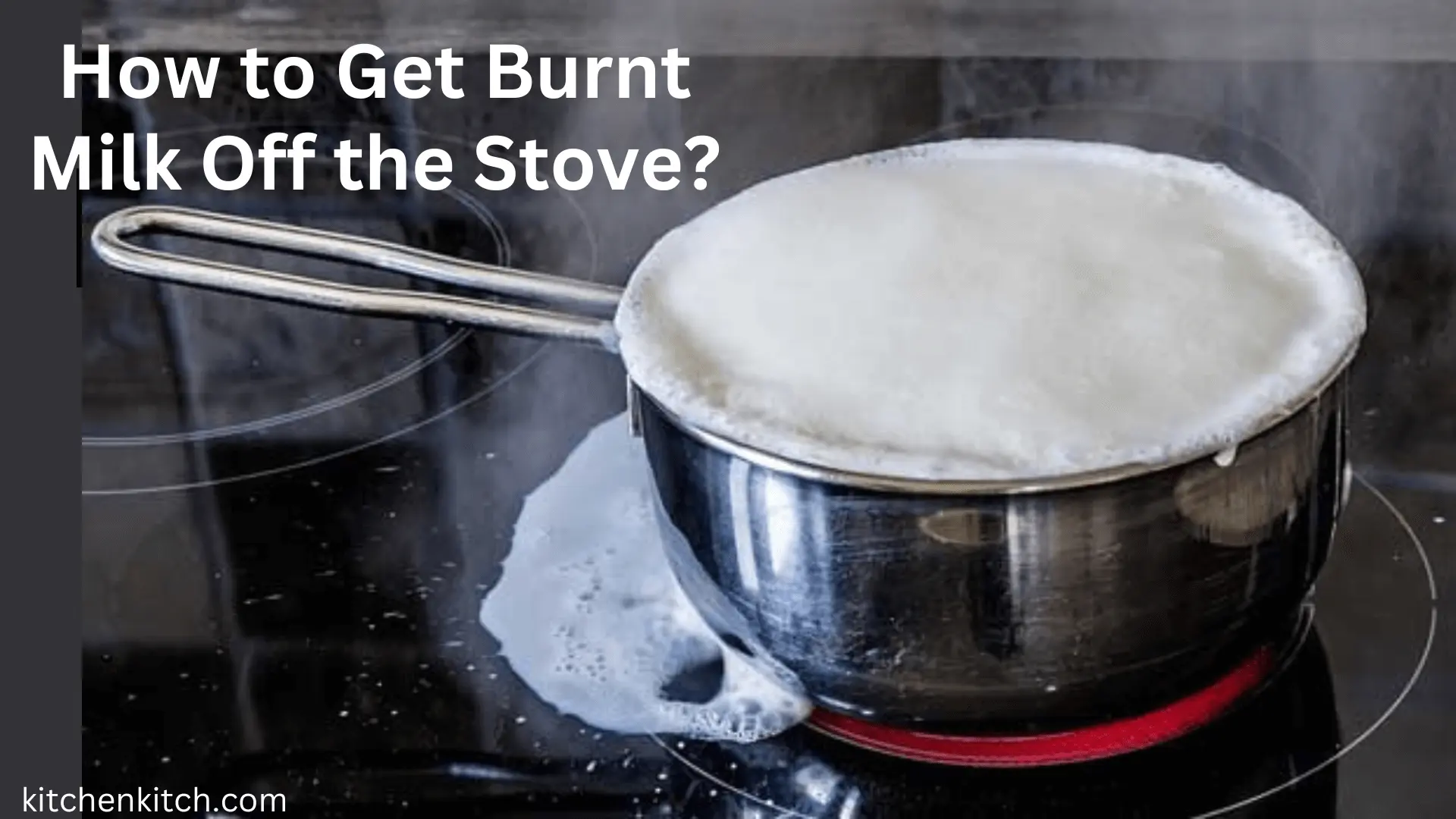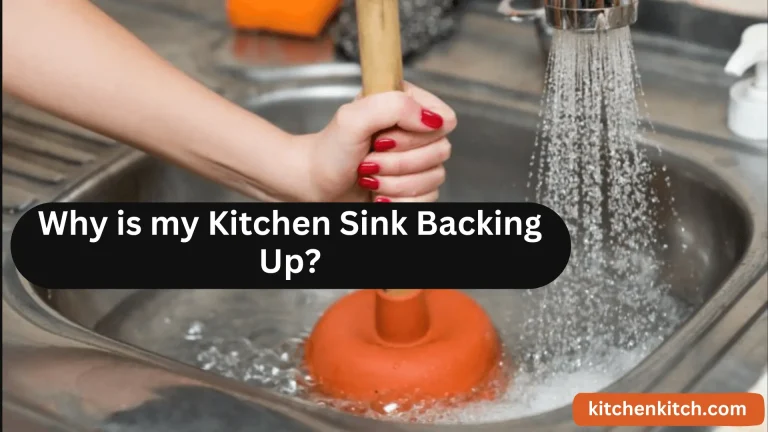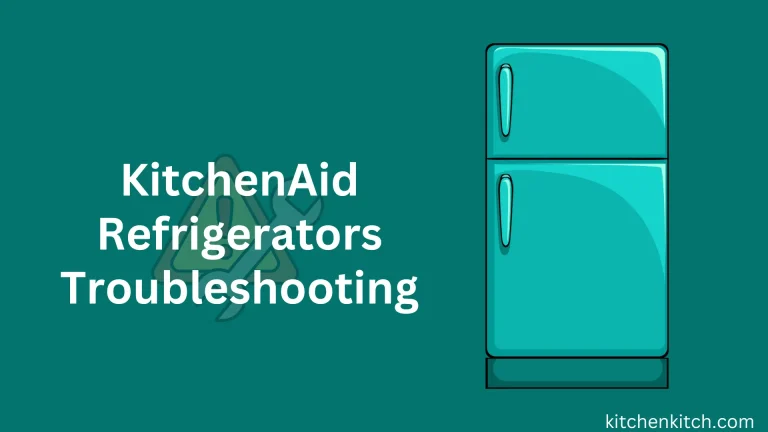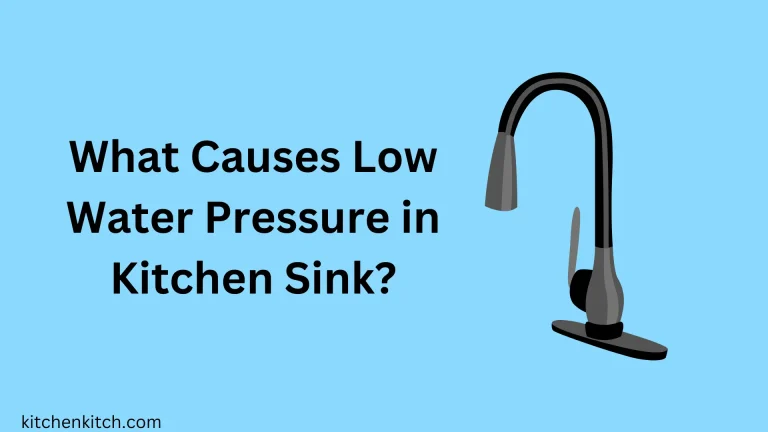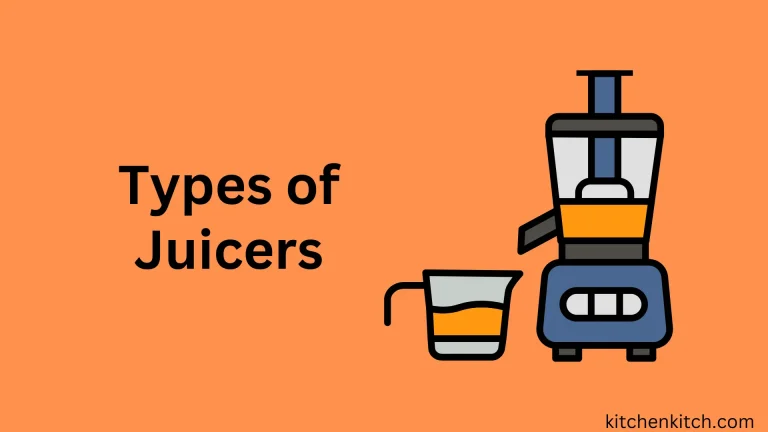How to Get Burnt Milk Off the Stove?
Addressing burnt milk stains on your stovetop can feel like tackling an uphill battle. The heat combined with dairy creates a tough residue that sticks stubbornly. Not only does it look bad, but it can also cause unpleasant smells, change the color of your stovetop, and even harm it if ignored.
Luckily, we’ve got you covered with a straightforward method to get rid of those burnt milk stains and bring back the shine to your stovetop. By following these easy steps, you’ll know how to get burnt milk off the stove. Let’s dive in and restore your cooking space to its former glory!
Preparation Before Cleaning
Before diving into the cleaning process, preparing properly is important to ensure success in removing burnt milk stains from your stovetop. Here’s what you need to do:
- Gather Your Supplies: Gather all essential cleaning materials. This may include mild dish soap, baking soda, white vinegar, a sponge or scrubbing pad, and a clean cloth or paper towel.
- Ventilation: Ensure proper ventilation in your kitchen by opening windows or turning on the exhaust fan. This will help disperse any strong odors that may result from the cleaning process.
- Safety First: Put on rubber gloves to protect your hands from harsh cleaning chemicals and hot water.
- Cool Down the Stovetop: If the stovetop was recently used, allow it to cool down completely before cleaning. Attempting to clean a hot surface can be dangerous and may not be as effective.
- Remove Loose Debris: Use a dry cloth or paper towel to remove any loose debris or food particles from the stovetop surface. This will make the cleaning process more efficient.
By taking these preparatory steps, you’ll set yourself up for success in tackling burnt milk stains on your stovetop. With everything in place, you’re ready to move on to the next stage of the cleaning process and say goodbye to those stubborn stains for good. You should also know how to fix the dishwasher inlet valve clogged.
How to Get Burnt Milk Off the Stove?
Now that you’re prepared, let’s walk through the step-by-step cleaning process to effectively remove burnt milk stains from your stovetop:
Create a Cleaning Solution: Mix a small amount of mild dish soap with warm water in a bowl or bucket. This shall function as your predominant cleansing solution.
Apply the Solution: Dip a sponge or scrubbing pad into the cleaning solution and gently apply it to the burnt milk stains on the stovetop. Ensure that the entire affected area is covered with the solution.
Let it Sit: Allow the cleaning solution to sit on the stains for a few minutes to loosen the burnt-on residue. This will make it easier to remove.
Scrub Away Stains: Using the sponge or scrubbing pad, gently scrub the burnt milk stains in a circular motion. Apply moderate pressure to effectively lift the residue from the stovetop surface.
Rinse with Water: Once you’ve scrubbed away the stains, rinse the stovetop thoroughly with clean water to remove any soap residue and loosened debris.
Optional Step with Baking Soda: For stubborn stains, you can make a paste of baking soda and water and apply it directly to the affected areas. Let it sit for a few minutes before scrubbing it with a sponge and rinsing it with water.
Final Touch with White Vinegar: If any stubborn residue remains, dampen a clean cloth with white vinegar and wipe the affected areas. The acidic properties of vinegar can help dissolve any remaining residue and leave your stovetop sparkling clean.
Dry the Surface: Use a clean, dry cloth or paper towel to thoroughly dry the stovetop surface to prevent water spots and maintain its shine.
By following these simple steps, you can effectively remove burnt milk stains from your stovetop and restore it to its pristine condition. With a little time and effort, you’ll have a clean and beautiful cooking space once again.
Maintenance and Preventive Tips
Preventing future incidents of burnt milk stains on your stovetop is essential to maintaining its cleanliness and prolonging its lifespan. Here are some tips to help you avoid encountering this issue again:
Use Low to Medium Heat: When heating milk on the stovetop, avoid using high heat settings. Opt for low to medium heat to reduce the likelihood of the milk boiling over and burning onto the surface.
Monitor Carefully: Keep a close eye on the milk while it’s heating to prevent it from boiling over or burning. Stir the milk frequently to distribute the heat evenly and prevent it from sticking to the bottom of the pot.
Use a Timer: Set a timer to remind yourself to check on the milk periodically while it’s heating. This will help prevent accidents and ensure that you catch any potential problems before they escalate.
Clean Spills Immediately: If any milk spills onto the stovetop while cooking, clean it up promptly using a damp cloth or sponge. Removing spills as soon as they occur will prevent them from hardening and becoming more difficult to clean later.
Use Protective Coverings: Consider using protective coverings such as stove burner liners or splatter guards to shield the stovetop from spills and splatters while cooking.
Regular Maintenance: Incorporate regular cleaning and maintenance of your stovetop into your routine. Wipe down the surface after each use to prevent residue buildup and make deep cleaning sessions less frequent.
Avoid Using Abrasive Cleaners: When cleaning your stovetop, avoid using harsh or abrasive cleaners that can damage the surface. Opt for mild dish soap, baking soda, or white vinegar instead.
By implementing these preventive measures, you can minimize the risk of encountering burnt milk stains on your stovetop in the future. With a proactive approach to maintenance and careful cooking practices, you can keep your stovetop looking clean and pristine for years to come.
Conclusion
In conclusion, by following these simple steps and preventive measures, you can effectively remove burnt milk stains from your stovetop and keep it looking clean and fresh. With patience and regular maintenance, you can prevent future incidents and ensure your cooking space remains a welcoming environment for preparing delicious meals. So, embrace these tips and enjoy a sparkling clean stovetop every time you step into your kitchen.

